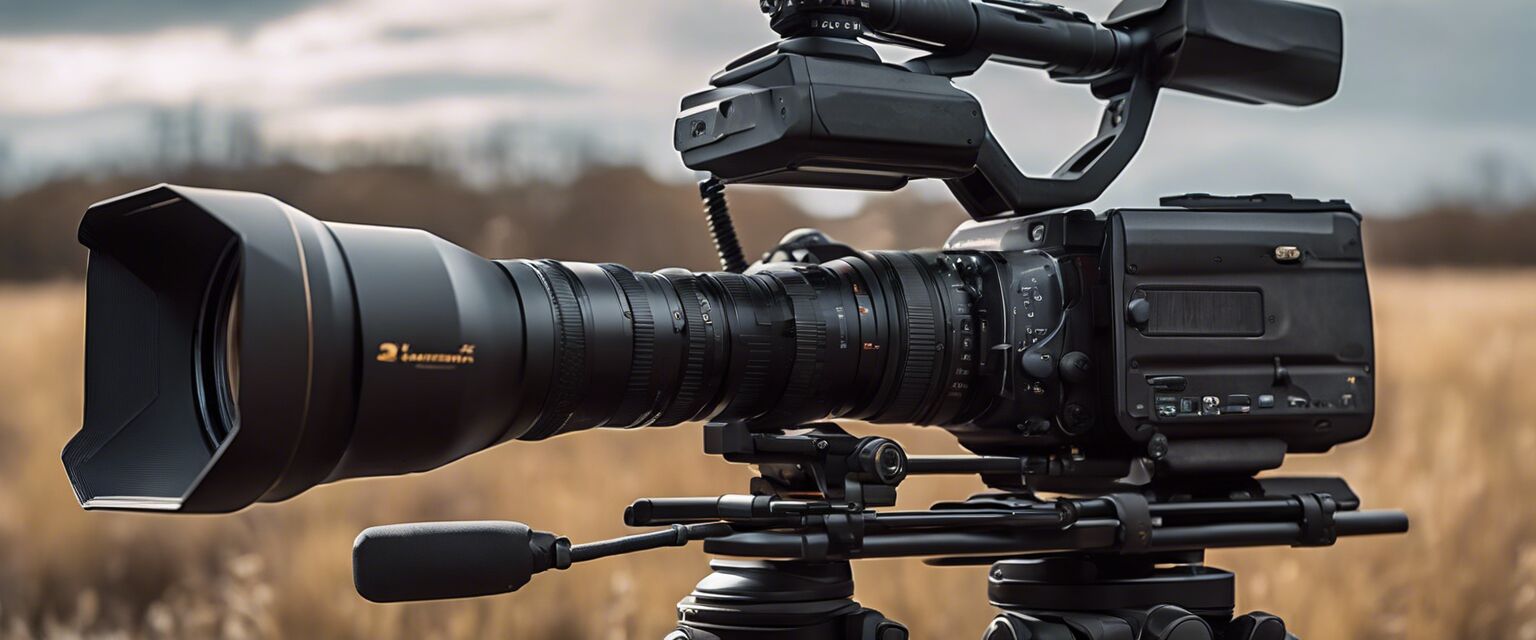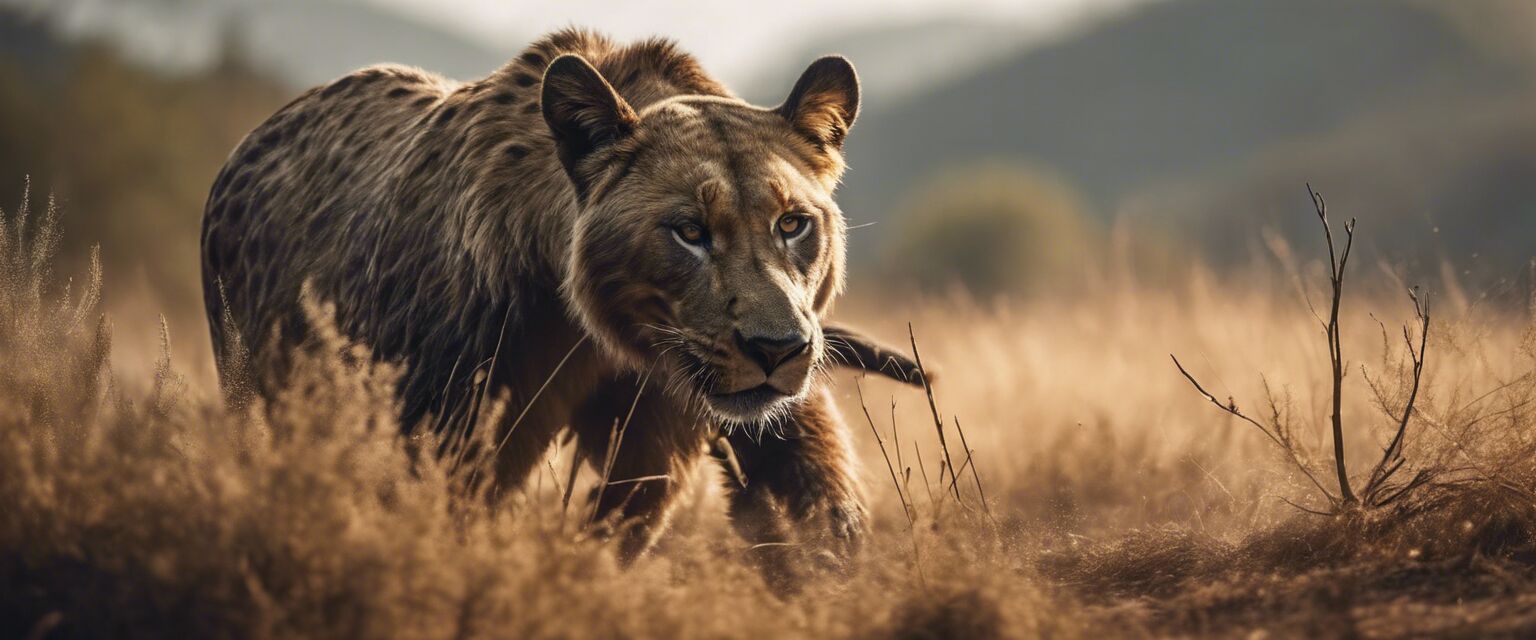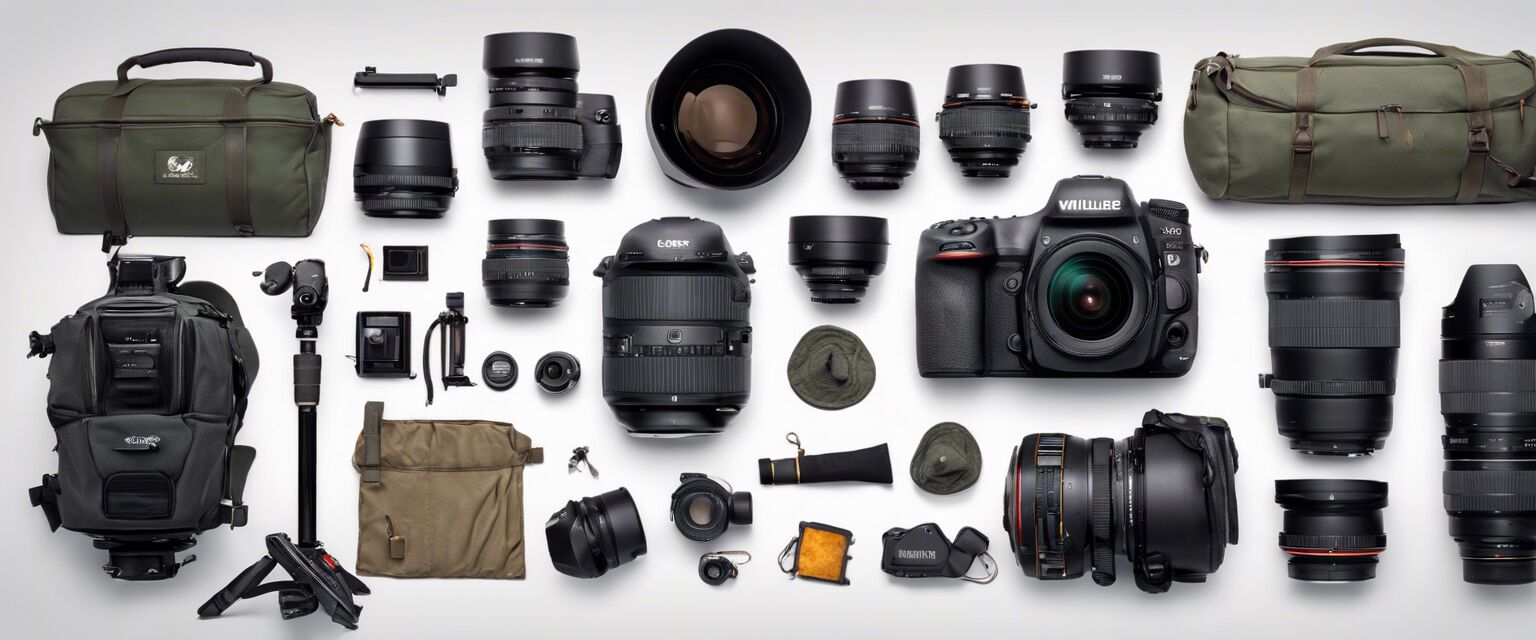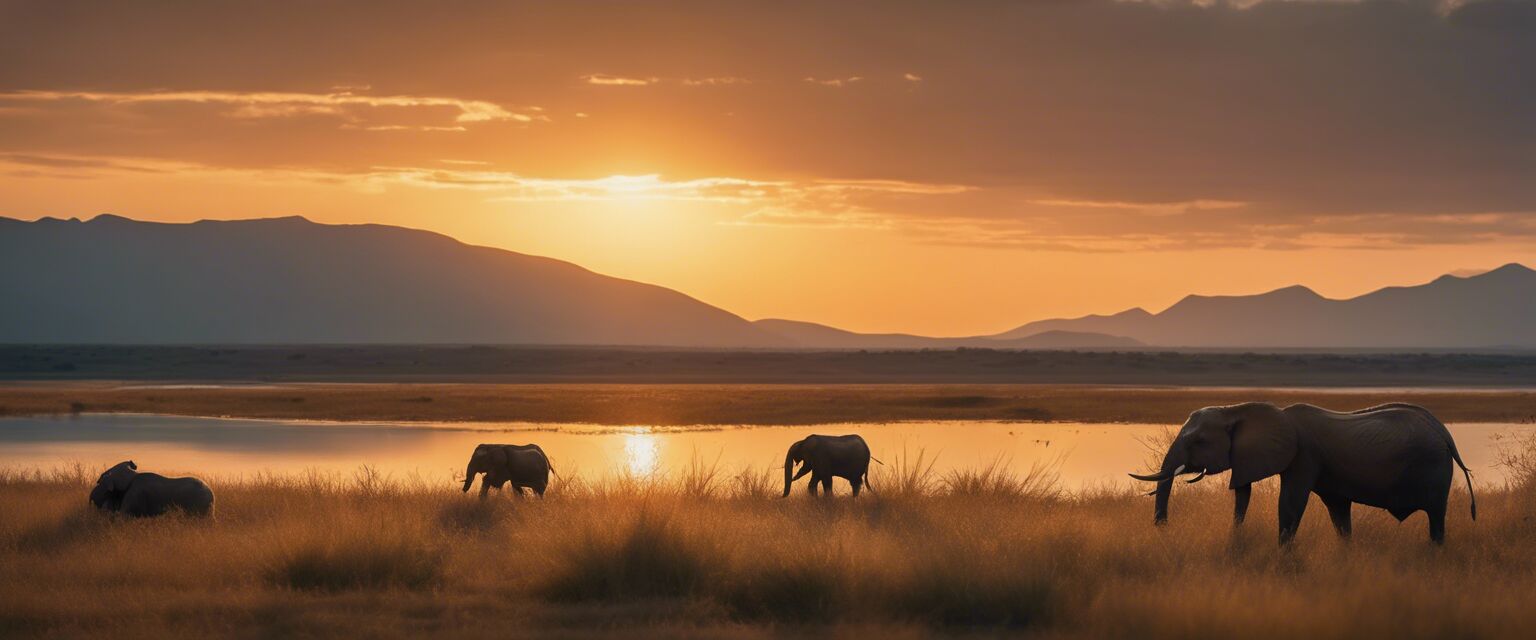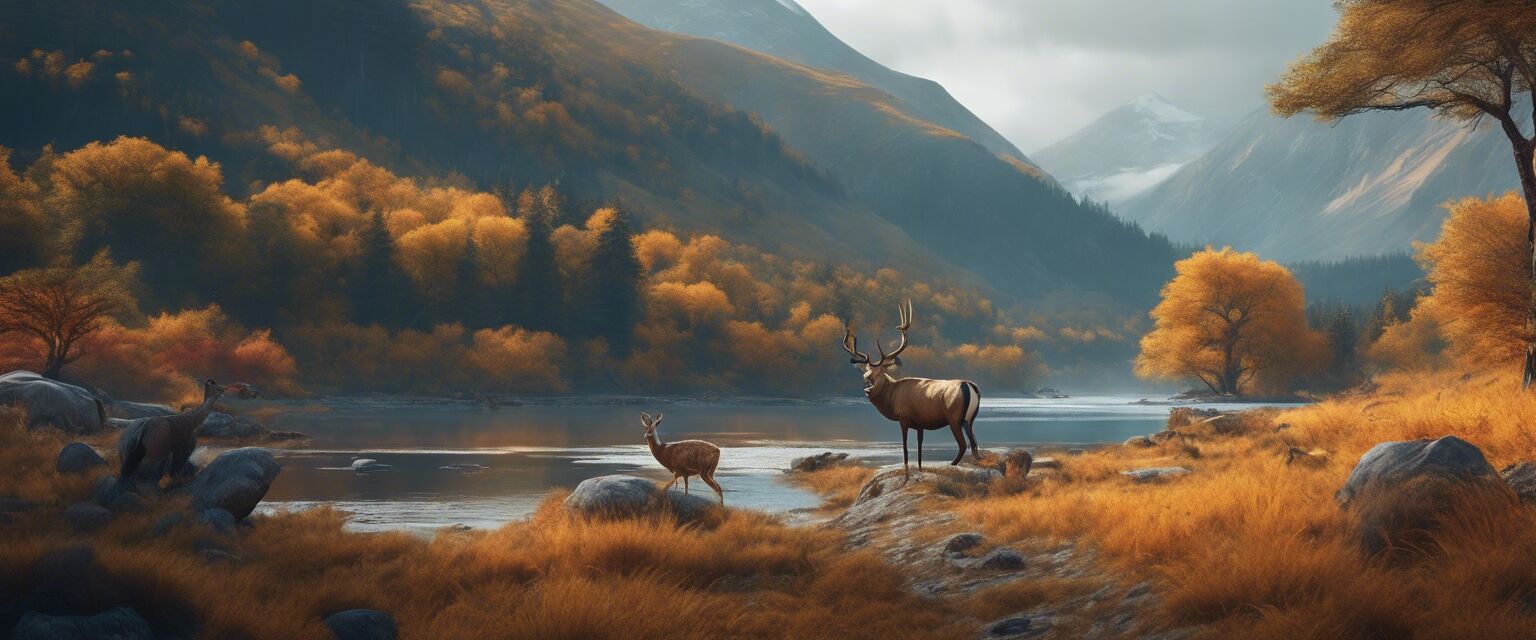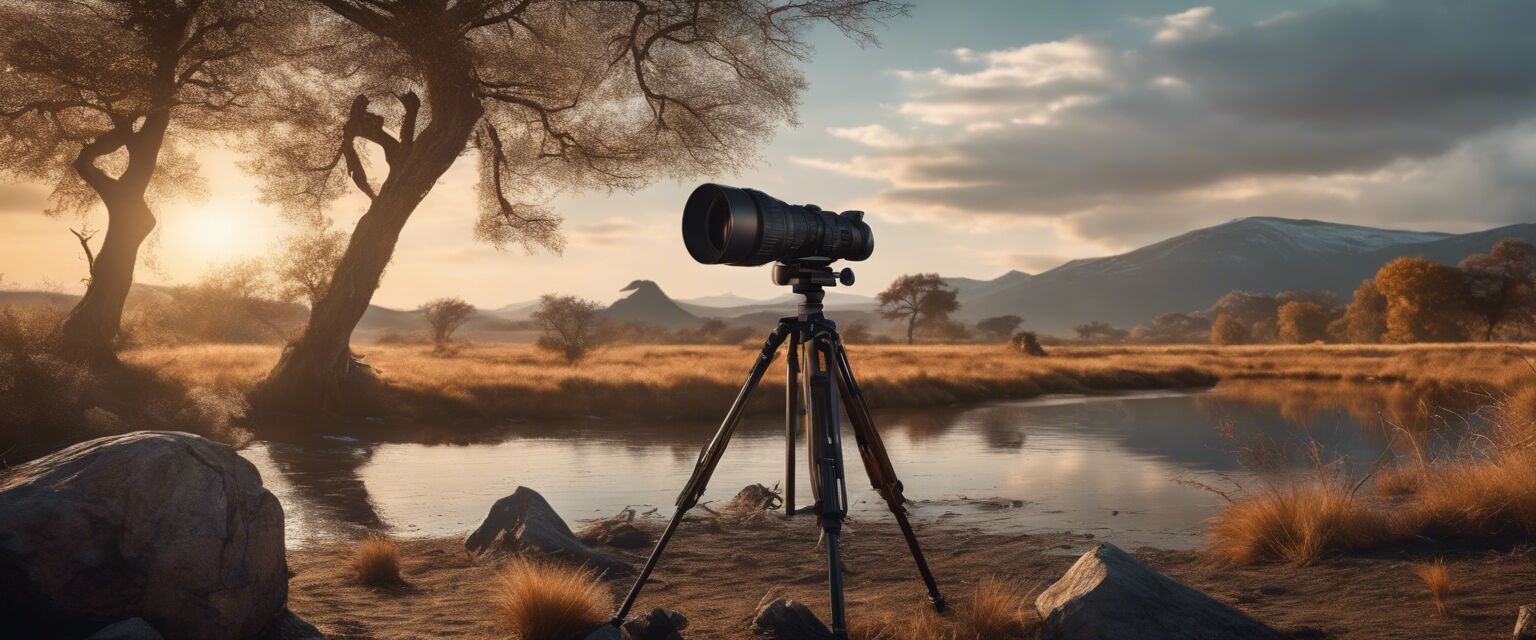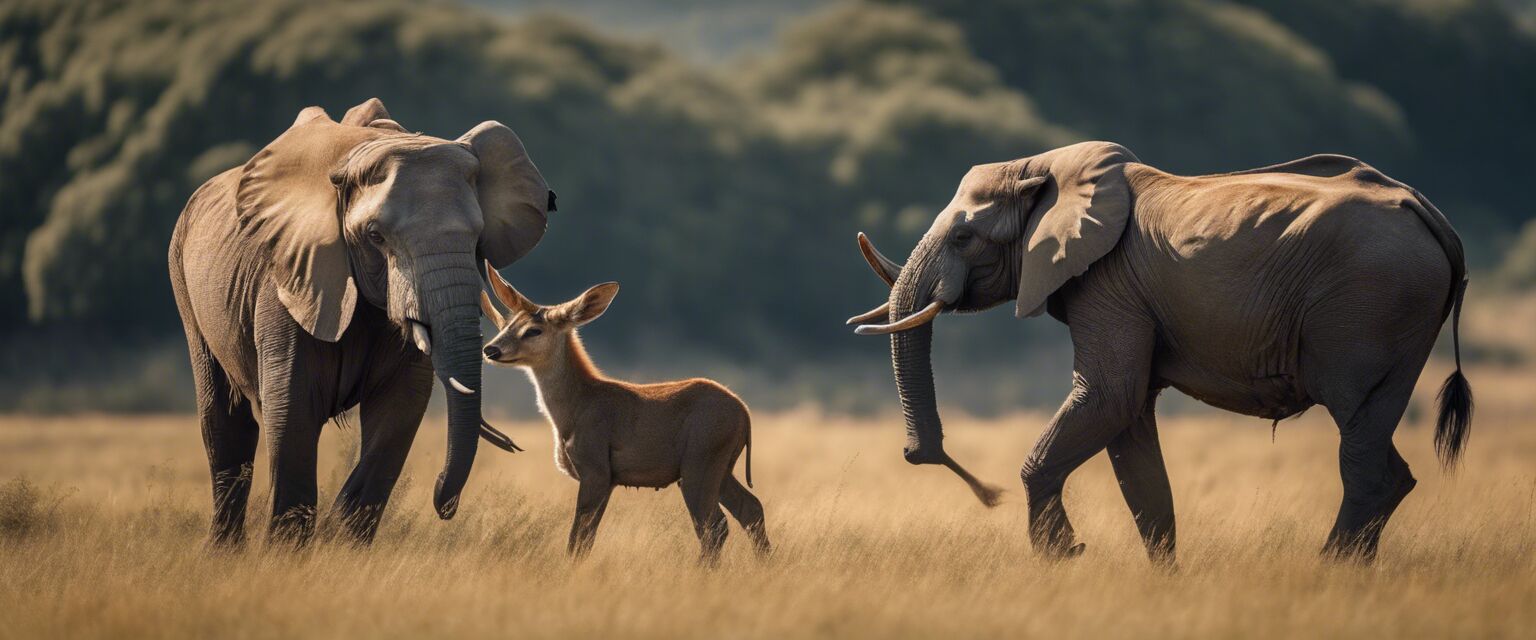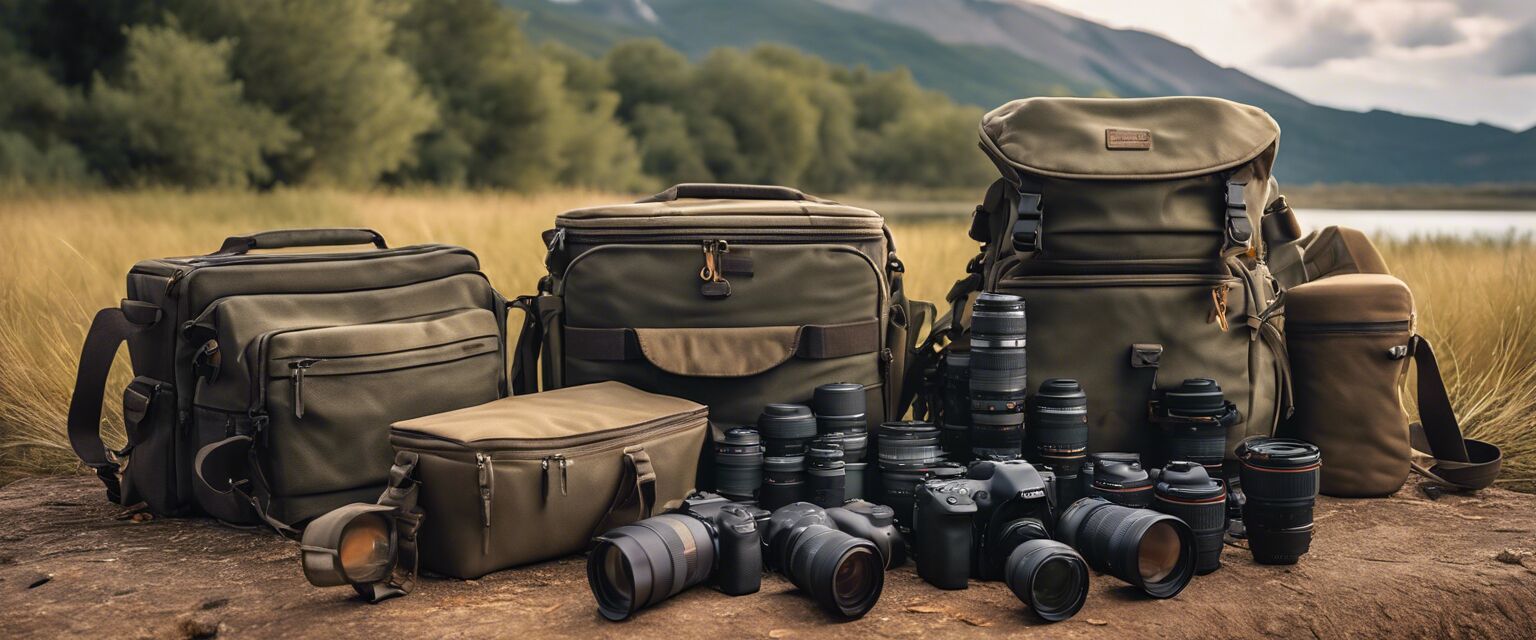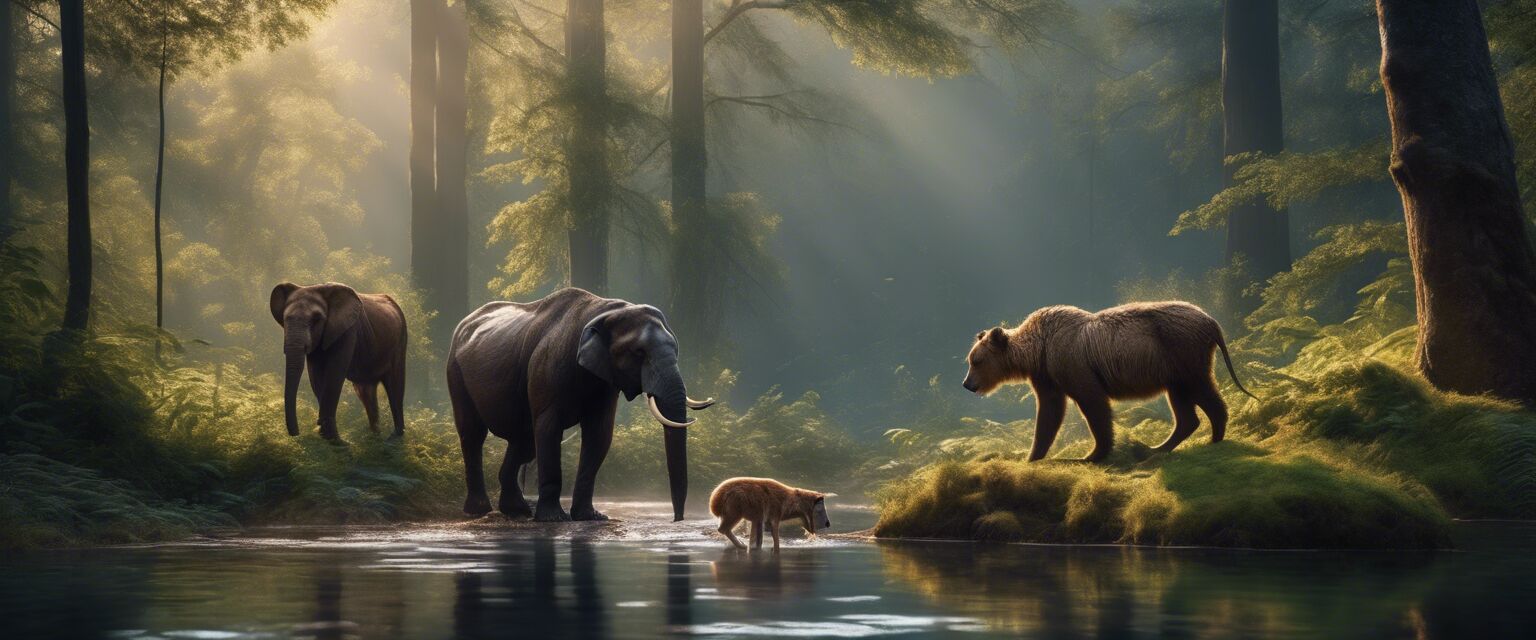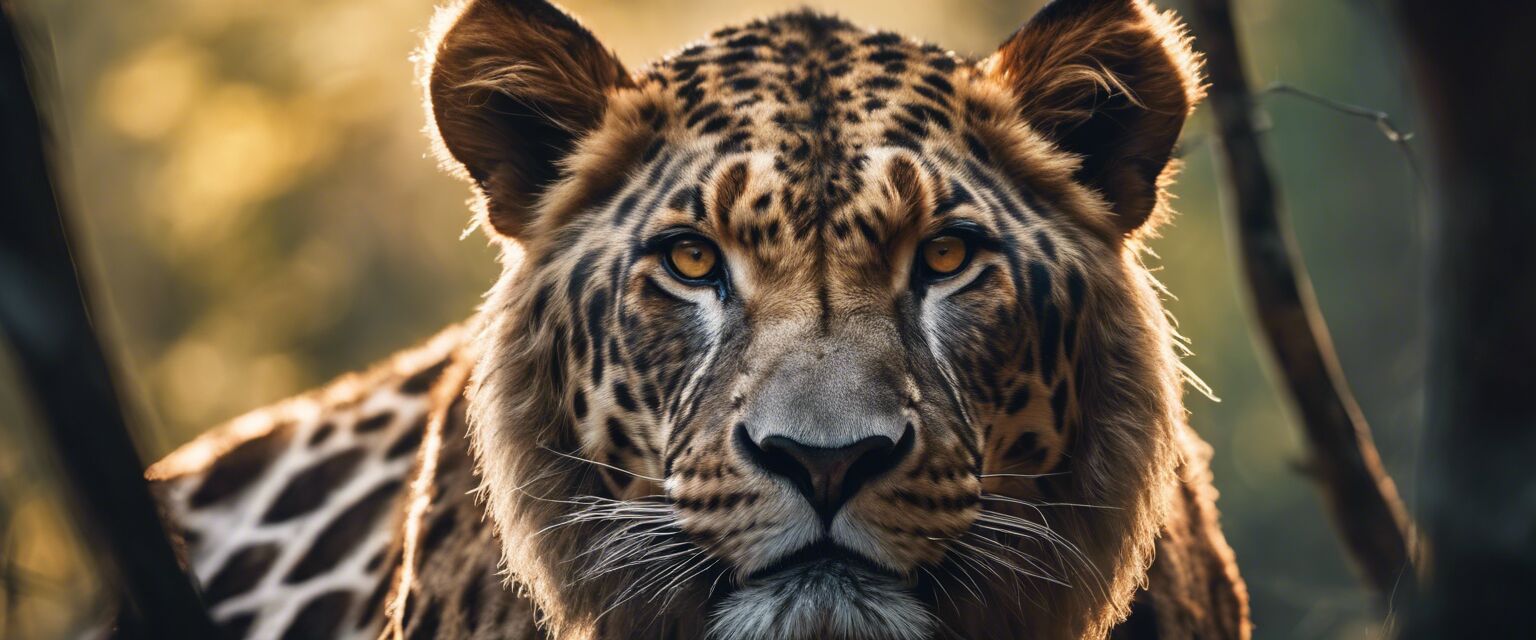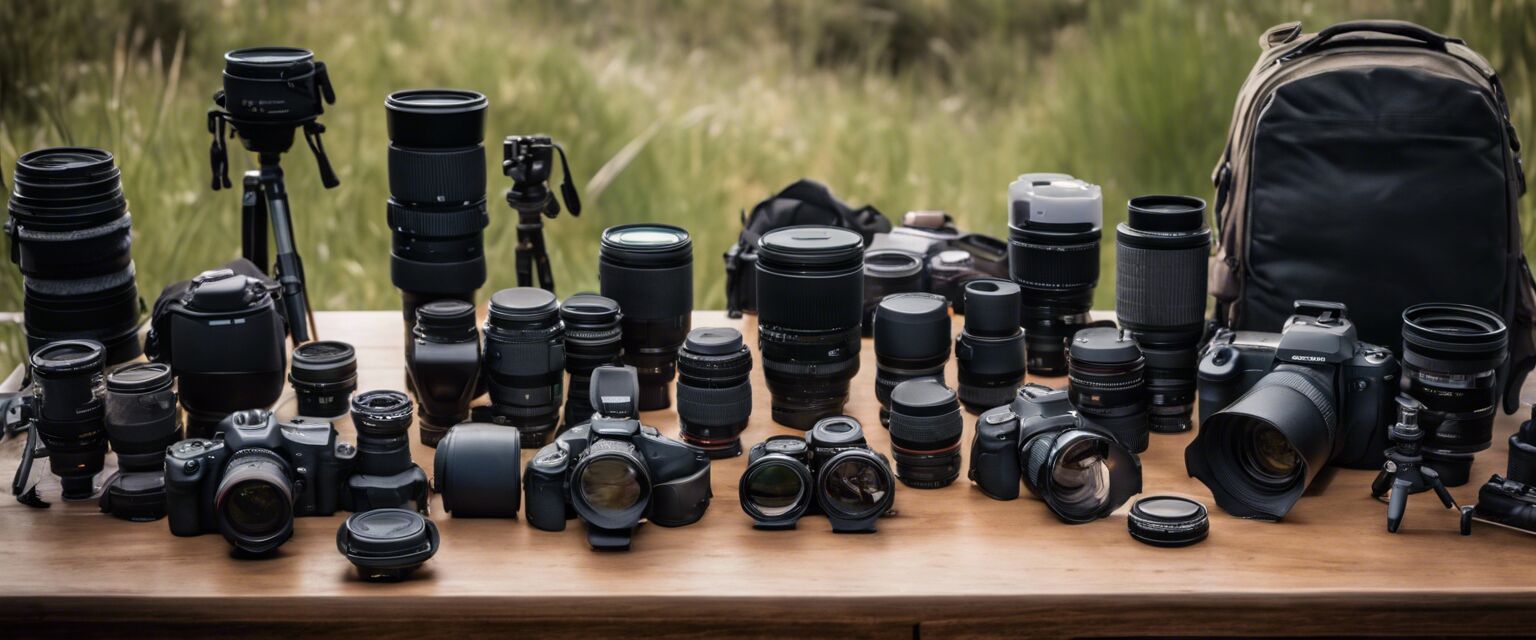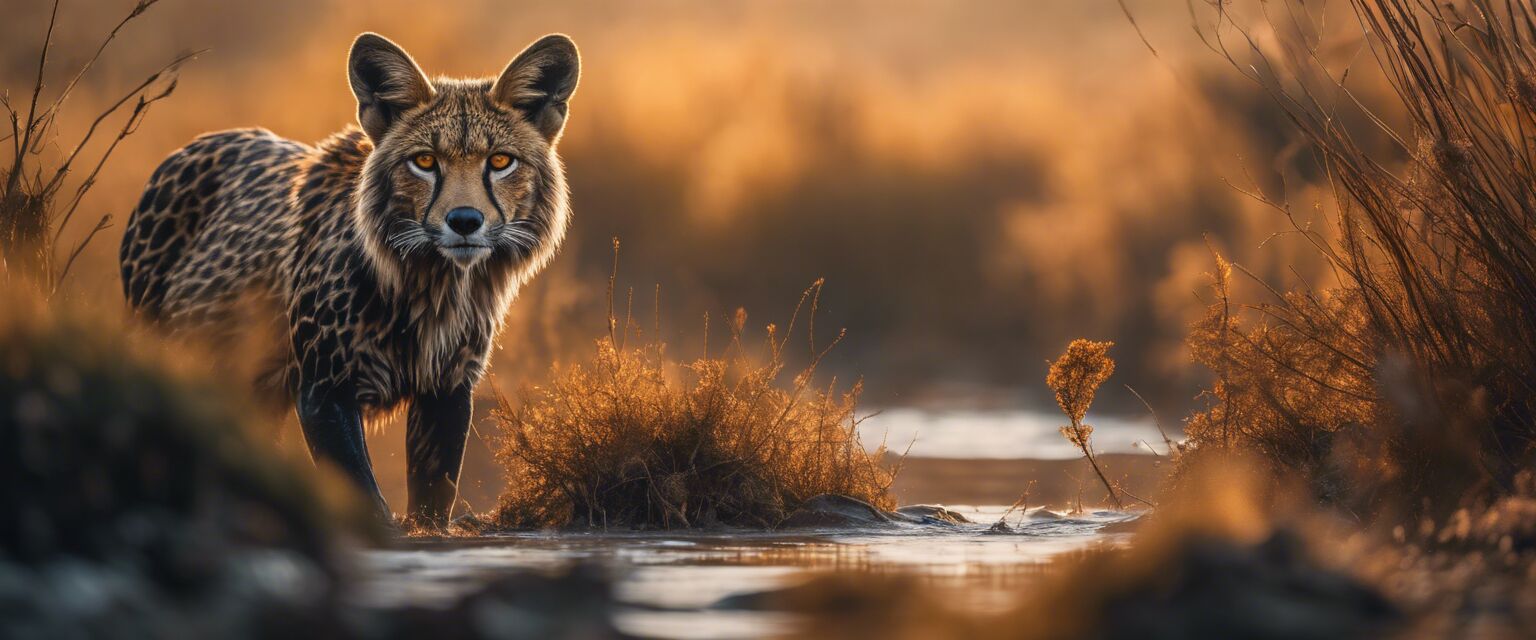
Camera settings for wildlife photography
Key takeaways
- Understand the importance of shutter speed and aperture in wildlife photography.
- Utilize ISO settings effectively for different lighting scenarios.
- Master your cameraâs focus settings for capturing moving subjects.
- Always prepare for sudden wildlife appearancesâuse rapid shooting modes.
Wildlife photography is a thrilling genre that often requires a unique set of camera settings to capture animals in their habitats. Optimizing these settings can dramatically improve your photos and increase your chances of capturing stunning wildlife shots. This guide will provide you with essential tips and techniques for adjusting your camera settings based on various wildlife photography scenarios.
Essential camera settings for wildlife photography
When it comes to capturing wildlife, having the right camera settings can make all the difference. Below is a table summarizing critical settings you should consider.
| Setting | Description | Recommended Value |
|---|---|---|
| Shutter Speed | To freeze fast-moving subjects like birds or running animals. | 1/1000s or faster |
| Aperture | Affects depth of field; a wider aperture blurs the background. | f/2.8 to f/4 |
| ISO | Controls the camera's sensitivity to light; higher in low light. | 400-1600, depending on conditions |
| Focus Mode | Continuous autofocus for moving subjects. | AI Servo (Canon) / Continuous AF (Nikon) |
Shutter speed: The key to sharp images
Using a fast shutter speed is essential for capturing wildlife in motion. For birds in flight, for example, a shutter speed of at least 1/1000s is recommended. Use even faster settings for rapid movements.
Understanding aperture and depth of field
Aperture plays a critical role in how much light your camera lens allows in and also affects background blur. Here's a quick overview:
| Aperture Size (f-stop) | Effect |
|---|---|
| f/2.8 | Shallow depth of field; beautifully blurred backgrounds. |
| f/5.6 | More depth of field; good for single subjects. |
| f/11 | Widespread depth; great for landscapes with animals. |
ISO settings for different environments
Choosing the right ISO is crucial for different lighting conditions. Increase your ISO in darker settings but be cautious of noise:
- Daylight: ISO 100-400
- Cloudy: ISO 400-800
- Dawn or dusk: ISO 800-1600
Focus settings for capturing movement
Wildlife often moves unpredictably, making focus settings pivotal. Using continuous autofocus allows your camera to track moving subjects effectively.
Employing burst mode
Animals can appear or change speed instantly. Therefore, using burst mode helps capture several frames in quick succession. This is how you can optimize it:
- Set your camera to burst mode.
- Prepare to shoot as the animal moves.
- Review the images and select the best shot.
Can weather conditions impact your settings?
Absolutely! Changing weather can alter your settings due to lighting and movement scenarios:
- In rain: Use a weather-sealed bag for your camera.
- In snow: Increase the exposure to counteract harsh lighting.
- In fog: Lower the ISO and increase aperture for better clarity.
Pros
- Allows for capturing sharp, detailed images of wildlife.
- Enhances the ability to photograph in various lighting conditions.
- Improves overall shooting experience and adaptability.
Cons
- Requires constant adjustment according to changing conditions.
- Higher ISO may introduce noise in low light.
- Fast wildlife may still be challenging to capture perfectly.
How to practice your techniques
Improving your skills takes practice. Here are ways to grow:
- Visit local parks or reserves where wildlife is active.
- Experiment with different settings under various conditions.
- Review and analyze your photos to understand what works best.
Additional resources
Explore more tips on wildlife photography by checking out our other articles:
- Best lenses for wildlife photography
- Why tripod stability is essential
- Must-have accessories for wildlife photographers
- Using drones for wildlife observation
- Choosing the right camera bag for fieldwork
Conclusion
Wildlife photography is not just capturing beautiful moments; it's about preparation and understanding your camera settings. Utilize the tips provided, and adjust your settings according to the situation for optimal results.
Beginnersâ tips for wildlife photography
- Always carry extra batteries and memory cards.
- Be patient; wildlife may take time to appear.
- Practice ethical wildlife photography, keeping a safe distance.
